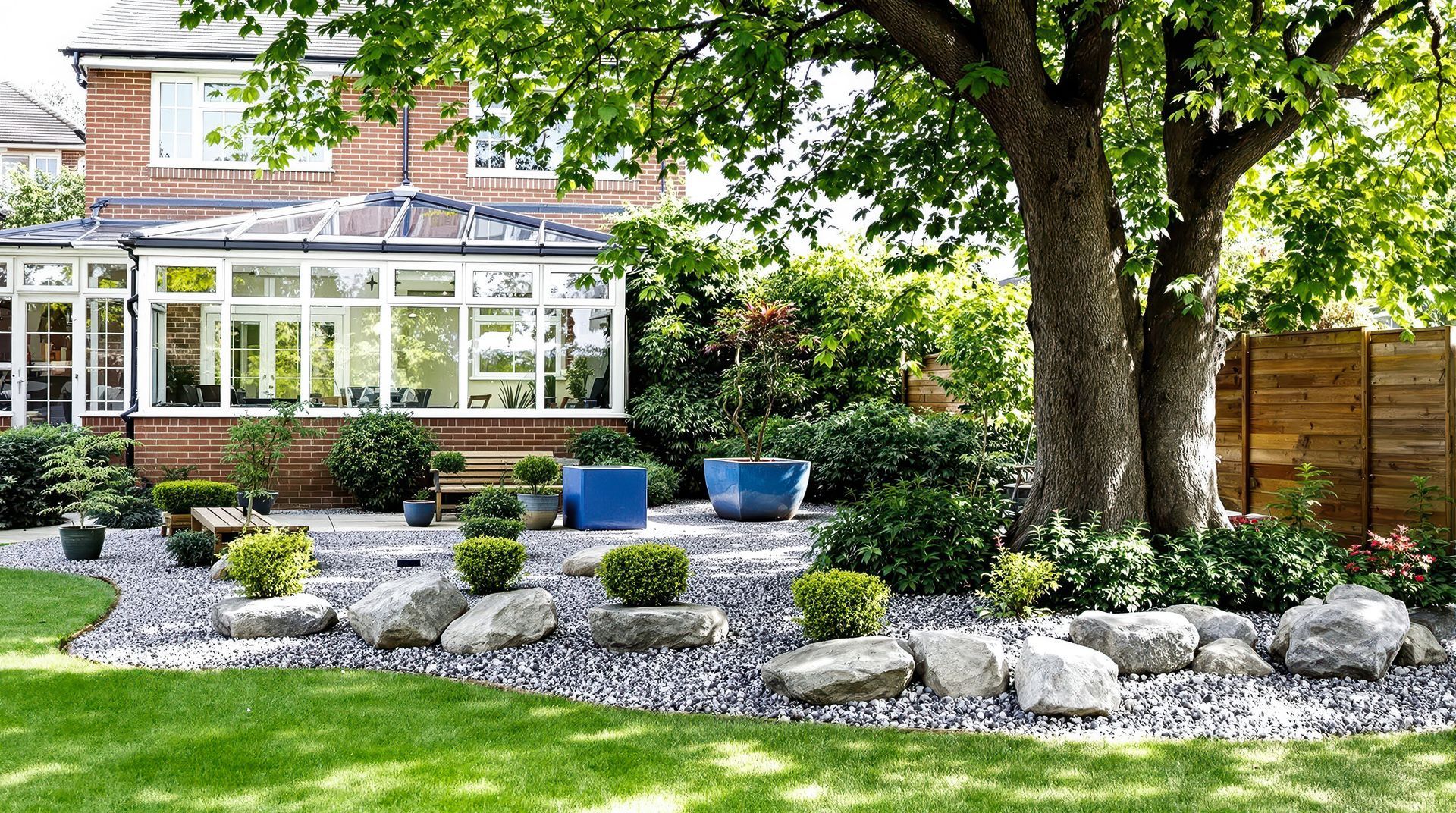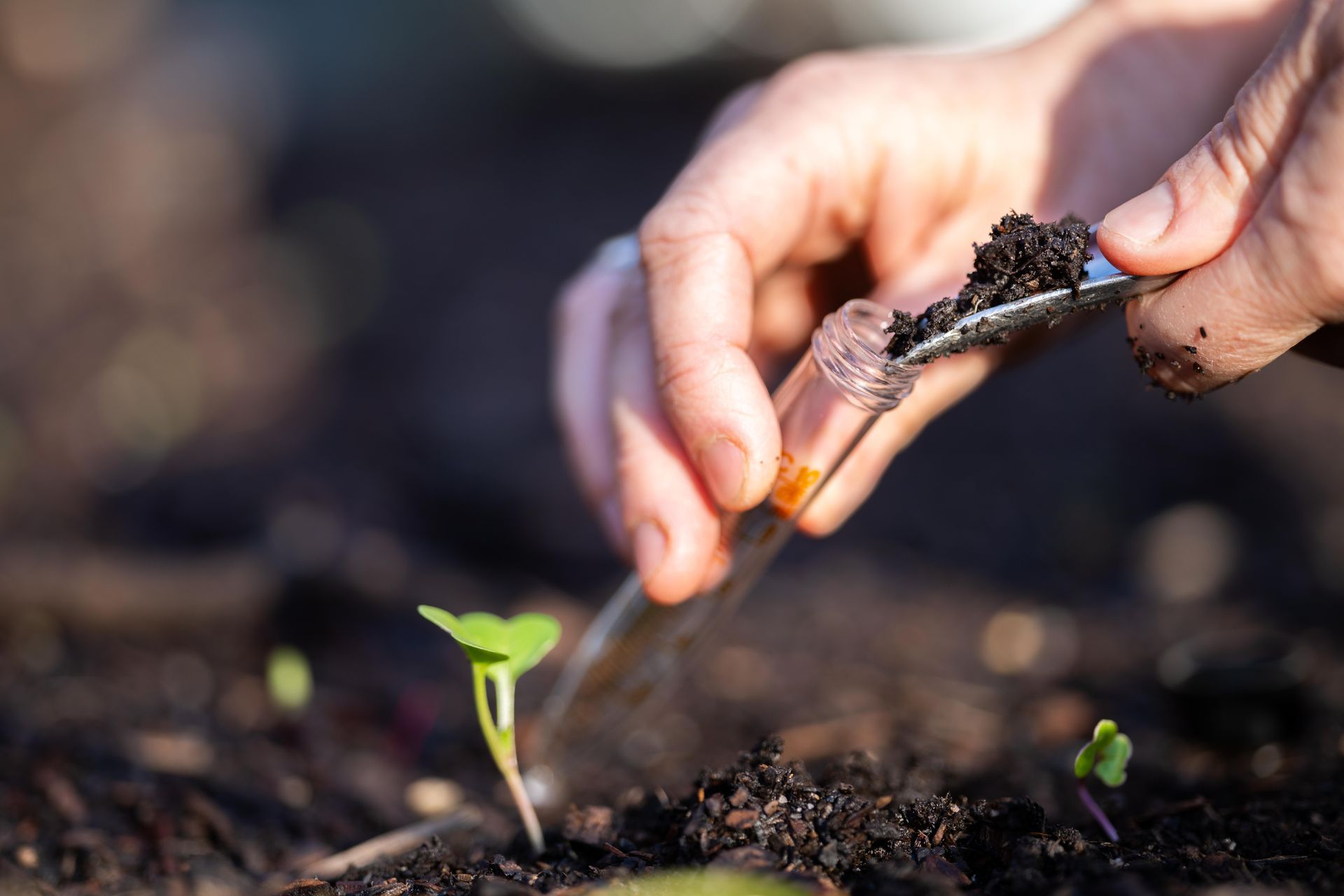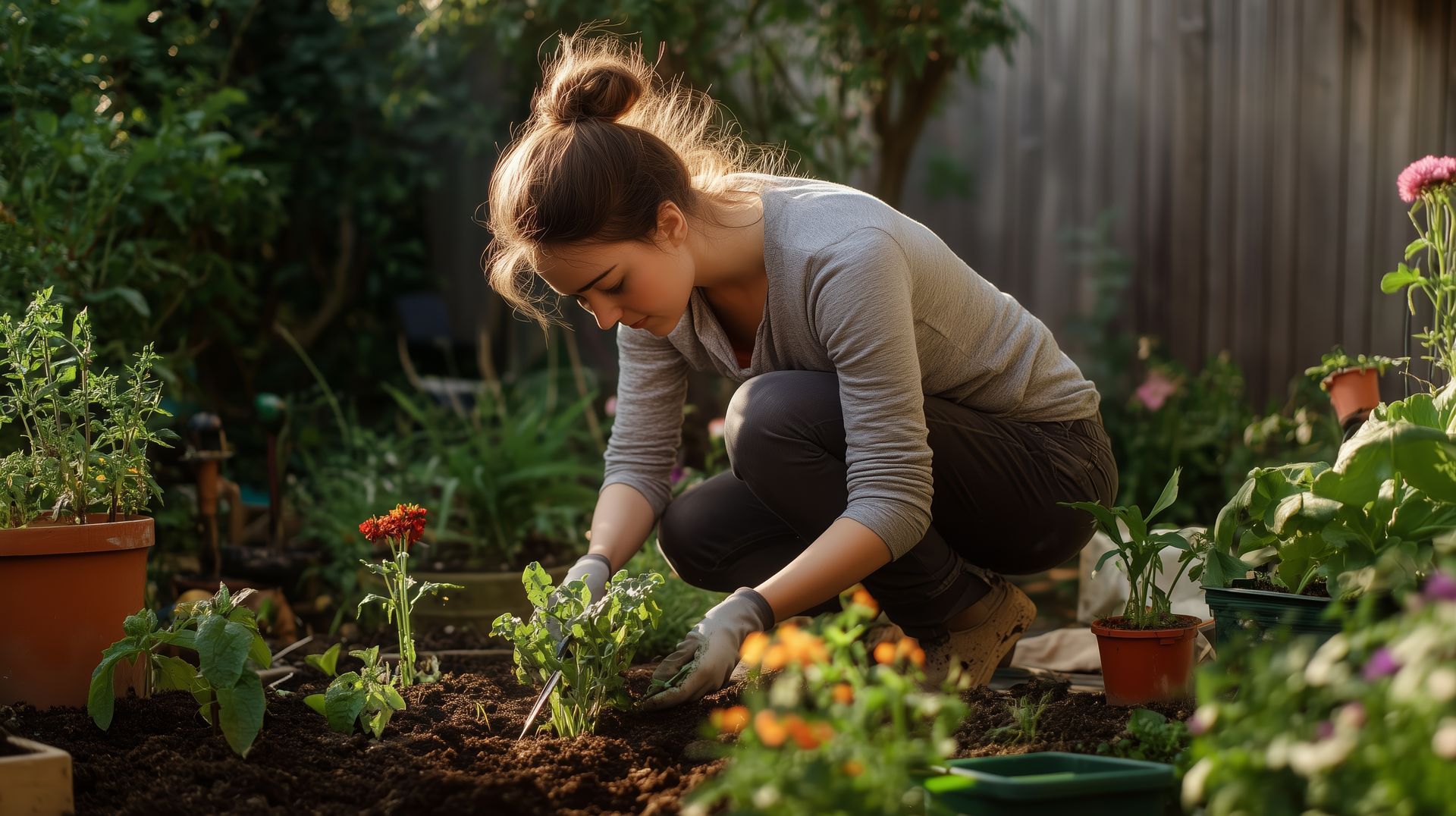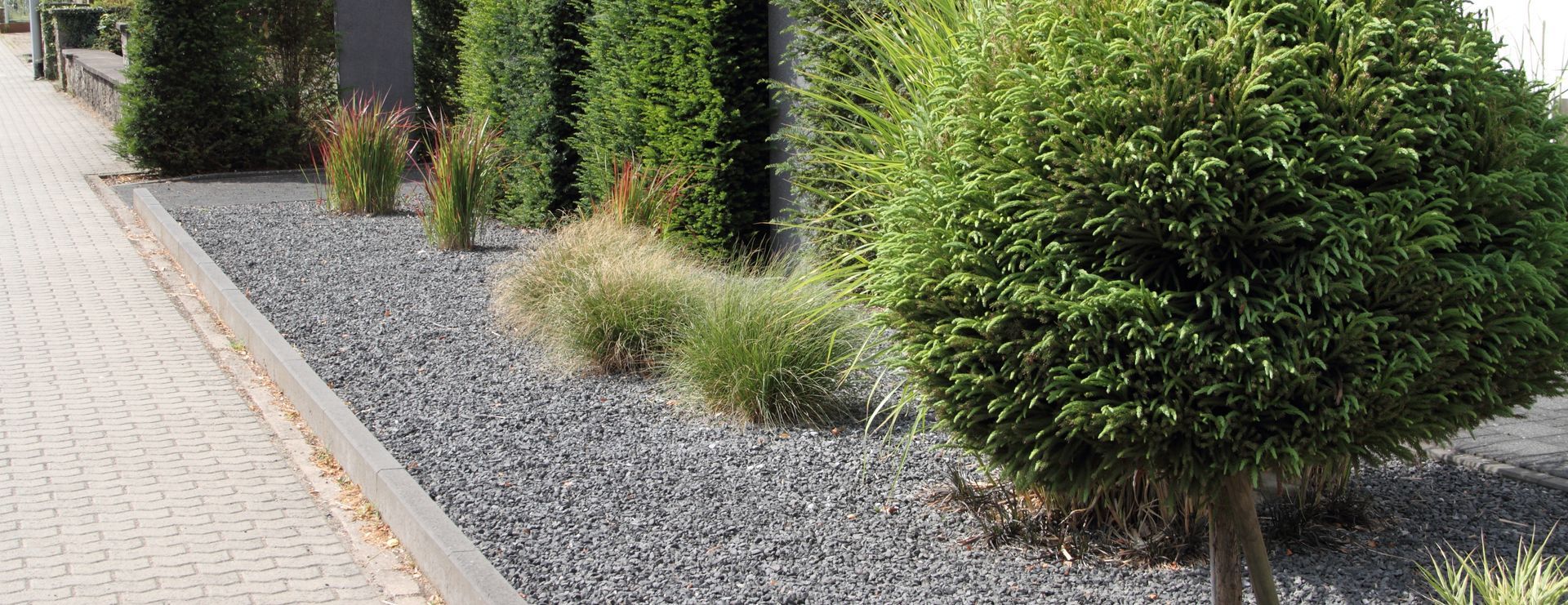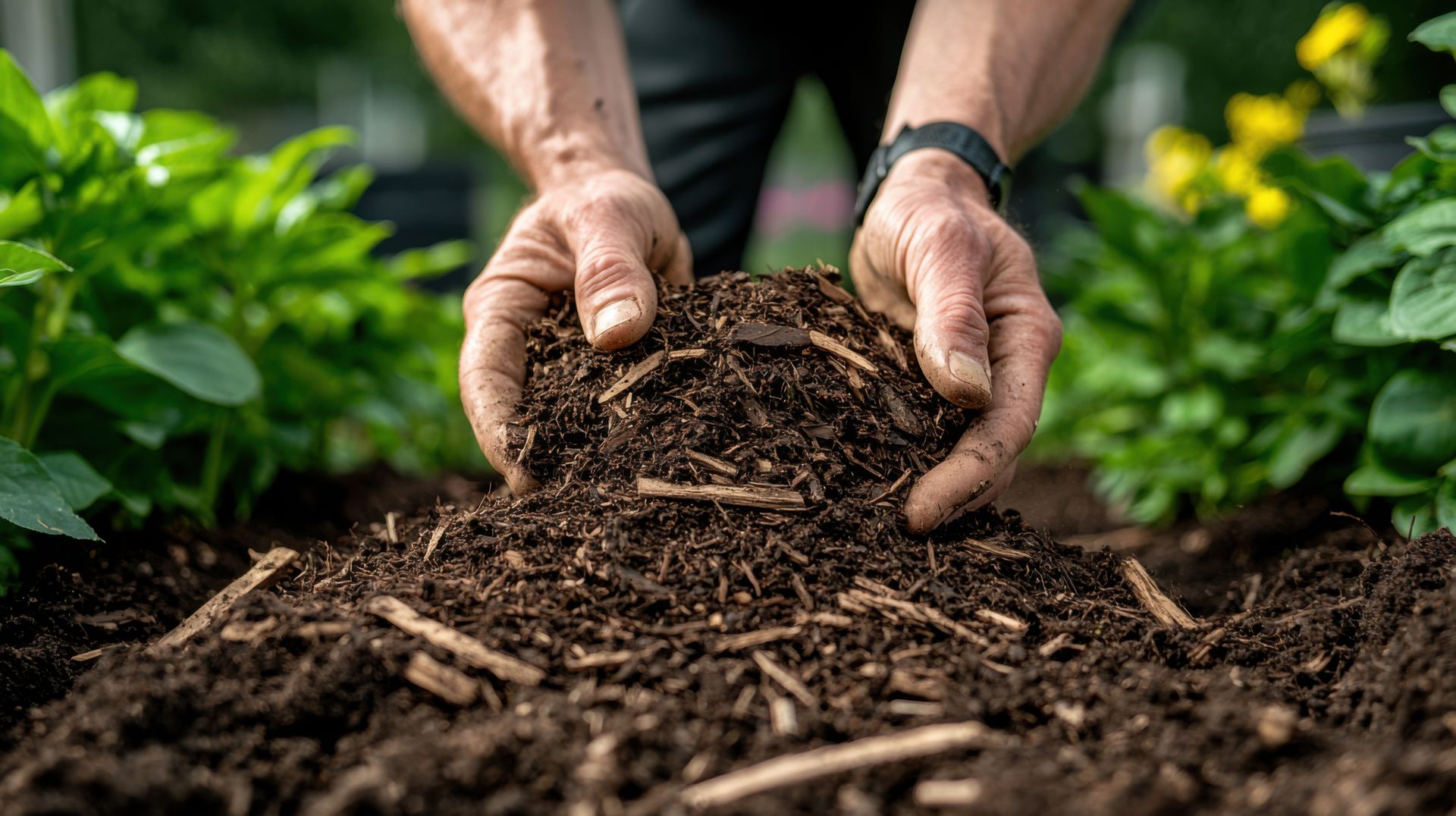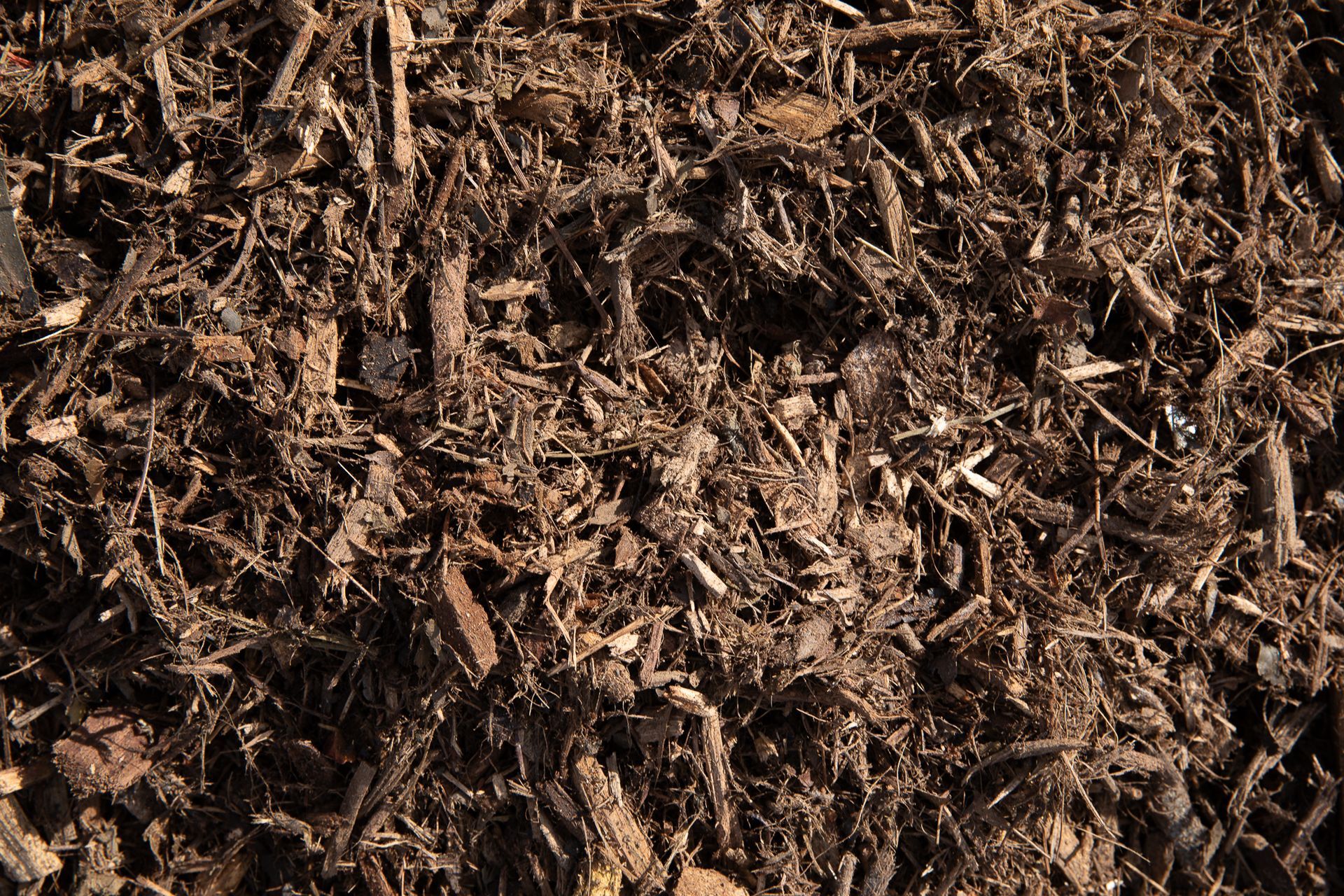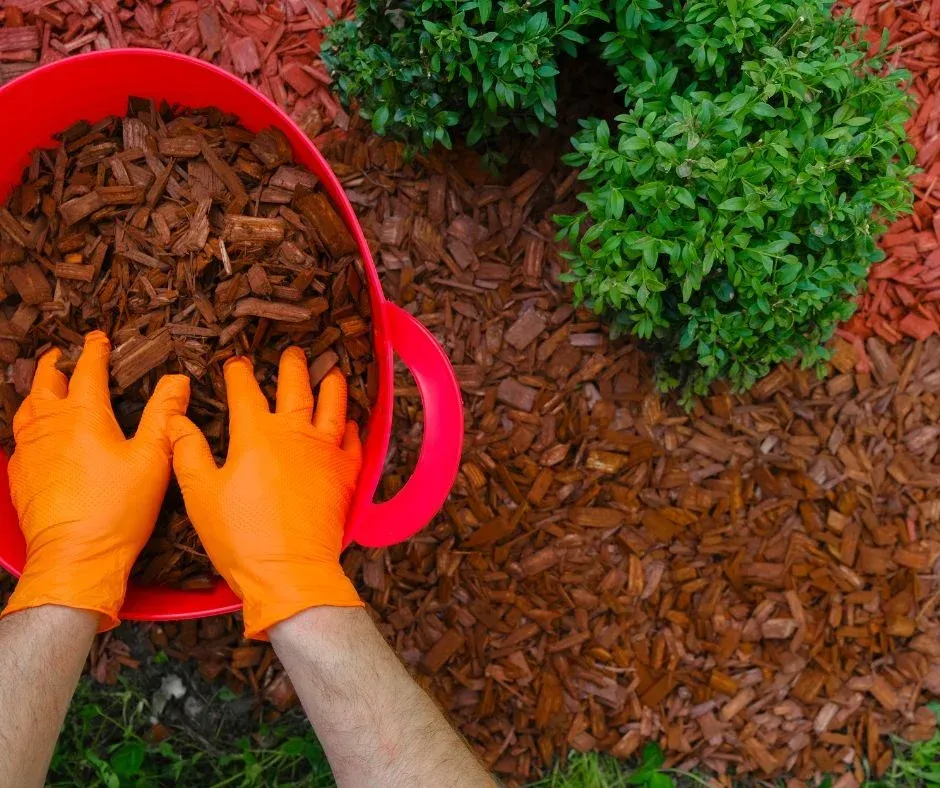Can You Mix Bark Mulch With Soil? The Answer Might Surprise You
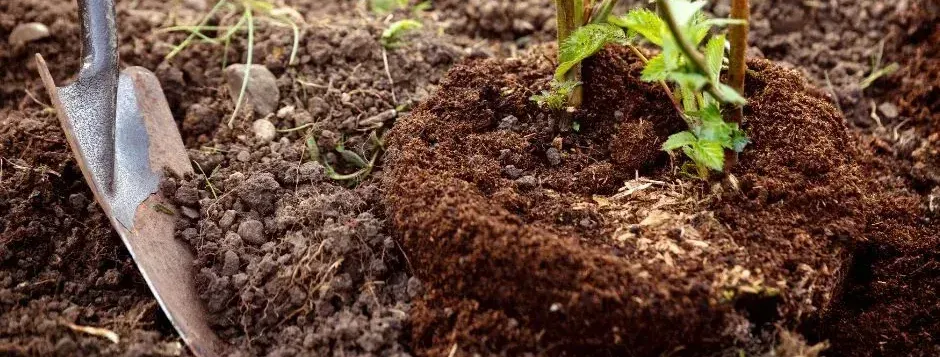
Introduction
As any gardener knows, there are a lot of different types of mulch available on the market today. With so many options, it can be hard to know which one is right for your garden. If you’re looking for a mulch that will add nutrients to your soil while also preventing weeds, you might be wondering if bark mulch is a good option.
The answer might surprise you – while bark mulch can be a great addition to your soil, it’s important to know how to mix it correctly. Keep reading to learn more about the benefits of bark mulch and how to properly mix it with your soil!
What is mulch?
Mulch is an organic or inorganic material that is used to protect soil and improve its texture. It can help to preserve moisture in the soil, reduce weeds, and act as an organic fertilizer. Common types of mulch include shredded bark, leaves, grass clippings, compost, and rock.
What are the benefits of mulch?
Mulch can have many benefits for your garden. For example, it can help to conserve water and prevent evaporation, which helps to keep your soil moist. It can also reduce weeds and help to protect plants from extreme temperatures. Finally, mulch can act as an organic fertilizer, adding valuable nutrients to the soil and promoting healthy plant growth.
Is it safe to mix bark mulch with soil?
Yes, it is usually safe to mix bark mulch with soil, as long as it is done correctly. Bark mulch can provide many benefits for your garden, but it is important to remember that it is not a substitute for soil. When mixed with soil, bark mulch helps to improve the structure of the soil and provides a range of nutrients.
How to mix bark mulch with soil
Before adding bark mulch to your soil, it is important to prepare the soil properly. You should remove any weeds or debris, and break up large clumps of soil. Then, spread a layer of bark mulch across the soil, ensuring that it is evenly distributed. Finally, use a rake to blend the mulch into the soil.
What to consider when mixing bark mulch with soil
When mixing bark mulch with soil, it is important to keep in mind the ratio of bark to the soil. Generally, a ratio of 3 parts soil to 1 part bark is ideal. You should also ensure that the bark is broken up into small pieces, as this will ensure that the mulch is evenly distributed throughout the soil. Additionally, be careful not to over-water the soil, as this could cause the mulch to compact too much, reducing its air pockets and making it difficult for water to penetrate the soil.
Conclusion
Bark mulch can be a great addition to your garden, as it helps to improve the soil structure and provide valuable nutrients. However, it is important to know how to properly mix bark mulch with soil to get the most benefit out of it. By following the tips outlined above, you can ensure that you are mixing bark mulch with your soil in the most effective way possible.
North County Supply is the only shop you'll need for all of your landscape material needs!
We carry a wide variety of materials including mulch, playground chips, soil, and more!
Our knowledgeable staff is always happy to help you find what you need and answer any questions you may have.
Call us at 760-744-3444
North County Supply's Service Locations: San Diego, Escondido, San Marcos, Vista, Oceanside, Carlsbad, Chula Vista, El Cajon, Poway, Santee, Encinitas, Valley Center, La Mesa, Temecula, Murrieta, Coronado, Del Mar, Alpine, Lakeside, Fallbrook, Daley Ranch, Hidden Meadows, Menifee, Solana Beach, Carmel Valley, Ramona, Torrey Pines, Rancho Penasquitos.
